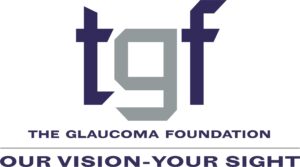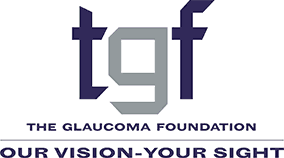~4 Ways to Prevent Vision Loss from Glaucoma~

Inarguably, glaucoma is one of the most severe eye conditions today. Described by the Centers for Disease Control and Prevention (CDC) as a group of ocular diseases that damage the optic nerve, glaucoma affects over three million nationwide. Furthermore, glaucoma is particularly dangerous because it can strike any demographic. In fact, even 1 in 10,000 can develop or be born with glaucoma. If left untreated, glaucoma can lead to complete vision loss. To date, it’s the second leading cause of blindness worldwide and the number one cause in the USA.
The good news is that glaucoma can not only be treated but prevented. Although you always want to defer to a doctor, here are four ways to lower your risk of glaucoma.
Invest in eyewear
While those who already have glaucoma are often told to wear shades as a means to alleviate their photosensitivity, this eyewear can also help prevent it. Sunglasses block out harmful UV light that can adversely alter the eye’s tissues. This prevents an increase in the production of exfoliation material in the eyes, leading to clogged drainage channels that encourage glaucoma. Shades with a large coverage and 100% UV protection are ideal. For instance, manufacturers like Oakley have wraparound shades with UV-blocking filters.
Aside from this, those who are engaged in environments with lots of debris should invest in safety eyewear. These glasses are designed with the American National Standards Institute (ANSI) requirements in mind, thereby ensuring that the eyes are protected from potential dangers like impacts or foreign objects. For those who already have some sort of refractive error, there are also prescription safety glasses available. The eyewear brand Wiley offers a line of safety glasses that can be fitted with single-vision and progressive lenses. This is on top of being available with tints for improved visual acuity. Protective eyewear like this matters since traumatic glaucoma can occur either immediately or years after a blunt or penetrating injury to the eyes.
Ask about your medications
Regarding glaucoma, most steroidal medications can raise eye pressure if taken in high doses or for too long. As mentioned above, eye pressure is one of the biggest causes of glaucoma to begin with. Inversely, taking hypertension medication that lowers your blood pressure too much can also increase your risk for glaucoma. This is because the lower blood flow impairs the circulation and oxygenation that is essential to the optic nerves. Having said this, if in doubt, it’s worth bringing up with the doctor who prescribed you your initial medications so they can make adjustments if needed.
Practice proper oral care
According to sources, including the American Academy of Opthalmology (AAO), gum diseases may increase the risk of glaucoma. Specifically, periodontitis is a common problem wherein the gums are damaged, making them unable to support the teeth’s structures. Because this is a form of infection, it can aggravate the body’s inflammatory response. This can easily trigger inflammation in the eyes themselves, which is a key aspect of developing glaucoma.
To prevent this, make sure to practice good oral hygiene. While most people stop brushing their teeth, dentists underscore the importance of flossing, too. Flossing works to remove the stubborn food and plaque that your toothbrush may be unable to reach or remove fully. Depending on your oral condition, you may want to choose between dental floss or a water flosser. The former is more commonly known, as major brands like Quip and Oral-B sell it. Available with and without a wax coating, dental floss lets you get into tighter spaces. A water flosser, on the other hand, is preferable for those who experience gum bleeding, have had sensitive dental work done, or have mobility issues. Makers like Waterpik offer these flossers in cordless and larger varieties, so you can easily clean out any particles.
Visit an eye doctor
The CDC explains that almost 50% of all those who have glaucoma don’t know they have it until significant vision has already been affected. Since getting ahead of this disease is critical, early detection via regular eye exams is important. This is especially true if you have a family history of glaucoma. During these exams, doctors may use a variety of screening tests, like dilation exams. Here, they’ll widen the pupil to give the ophthalmologist a better view of the optic nerve. Other possible screening tests include eye pressure testing, visual field testing, and a gonioscopy. Some healthcare leaders, like the biotechnological company Amydis, are even working on more advanced testing methods to detect this slow but progressive disease better. Because many adults choose to avoid eye exams due to a lack of resources, it helps to know that some tests are covered by insurance, and comprehensive eye exams can even be done at accessible retailers like Target.
Article written by Rose Joanne
Exclusively for

